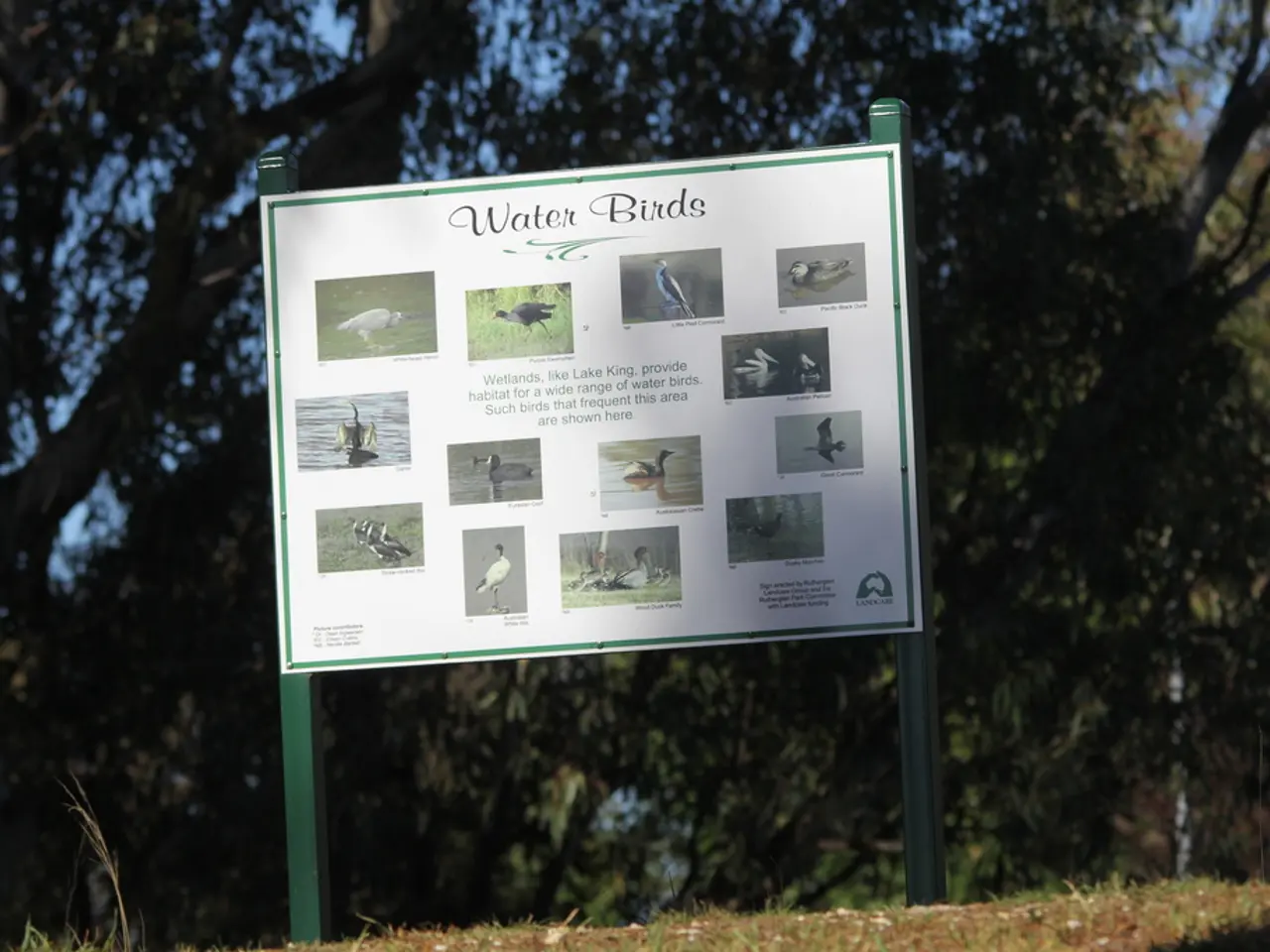Ireland's Old-Growth Woods Echo with Avian Melodies and Abundant Species Diversity
In the heart of Ireland, ancient forests teem with life and history. These woodlands, home to oaks, birches, Irish yews, and more, form intricate root systems that nourish the soil and provide shelter for a variety of creatures.
One unique tree species native to Ireland is the Killarney yew, growing in these regions for thousands of years. However, climate change brings unpredictable weather, threatening both the trees and the wildlife that depend on them.
Decaying wood in these forests plays a vital role in the ecosystem, providing a habitat for fungi, insects, and other organisms that help decompose organic matter and recycle nutrients. Fallen branches, rotting trunks, and decaying leaves create microhabitats for fungi, beetles, and other decomposers, returning nutrients to the soil.
Woodpeckers excavate nesting holes in dead trees, while bats roost in hollow logs as part of the cycle of decay and renewal in the forest ecosystem. The forest floor is rich with life, hosting various mosses, ferns, wildflowers, and wild garlic that play a crucial role in maintaining moisture, recycling nutrients, and offering food and habitat for small mammals and insects.
Rare and endangered species, like the pine marten, red squirrel, and lesser horseshoe bat, find sanctuary in these forests. Birdsong, an important indicator of forest health, reveals the presence of diverse and thriving wildlife. Species such as blackbirds, robins, wood warblers, woodpeckers, and wood pigeons inhabit these forests, their songs providing a timeless symphony.
However, these forests face numerous threats. Invasive species like rhododendron and grey squirrels pose threats to the delicate ecological balances. Urban sprawl and intensive agriculture continue to encroach on woodland habitats, fragmenting the forests and reducing biodiversity.
Conservationists warn that without urgent action, some of Ireland's last remnant forests may disappear within a generation. Projects like the Native Woodland Trust and reforestation efforts in national parks aim to expand forest cover and reconnect fragmented habitats. Education programs inspire new generations to cherish and defend Ireland's ancient forests, promoting a deeper understanding and appreciation of their importance.
The government has also taken steps to protect these forests, establishing a working group focused on the proper and safe management of forests, especially after storm damage, which contributes to forest preservation and reforestation efforts. Community-led initiatives encourage planting native species and removing invasive plants to protect Ireland's ancient forests.
For centuries, Ireland's forests have been places of myth, legend, and everyday survival. The ancient Celts revered trees as sacred, and many Irish place names reflect the deep connection between people and woods. These forests, such as Killarney National Park and Glenveagh, are remnants of vast forests that once covered the entire island.
As we look towards the future, it is crucial to remember the importance of Ireland's ancient forests and to take action to preserve them for generations to come.
Read also:
- Understanding Hemorrhagic Gastroenteritis: Key Facts
- Stopping Osteoporosis Treatment: Timeline Considerations
- Tobacco industry's suggested changes on a legislative modification are disregarded by health journalists
- Expanded Community Health Involvement by CK Birla Hospitals, Jaipur, Maintained Through Consistent Outreach Programs Across Rajasthan








